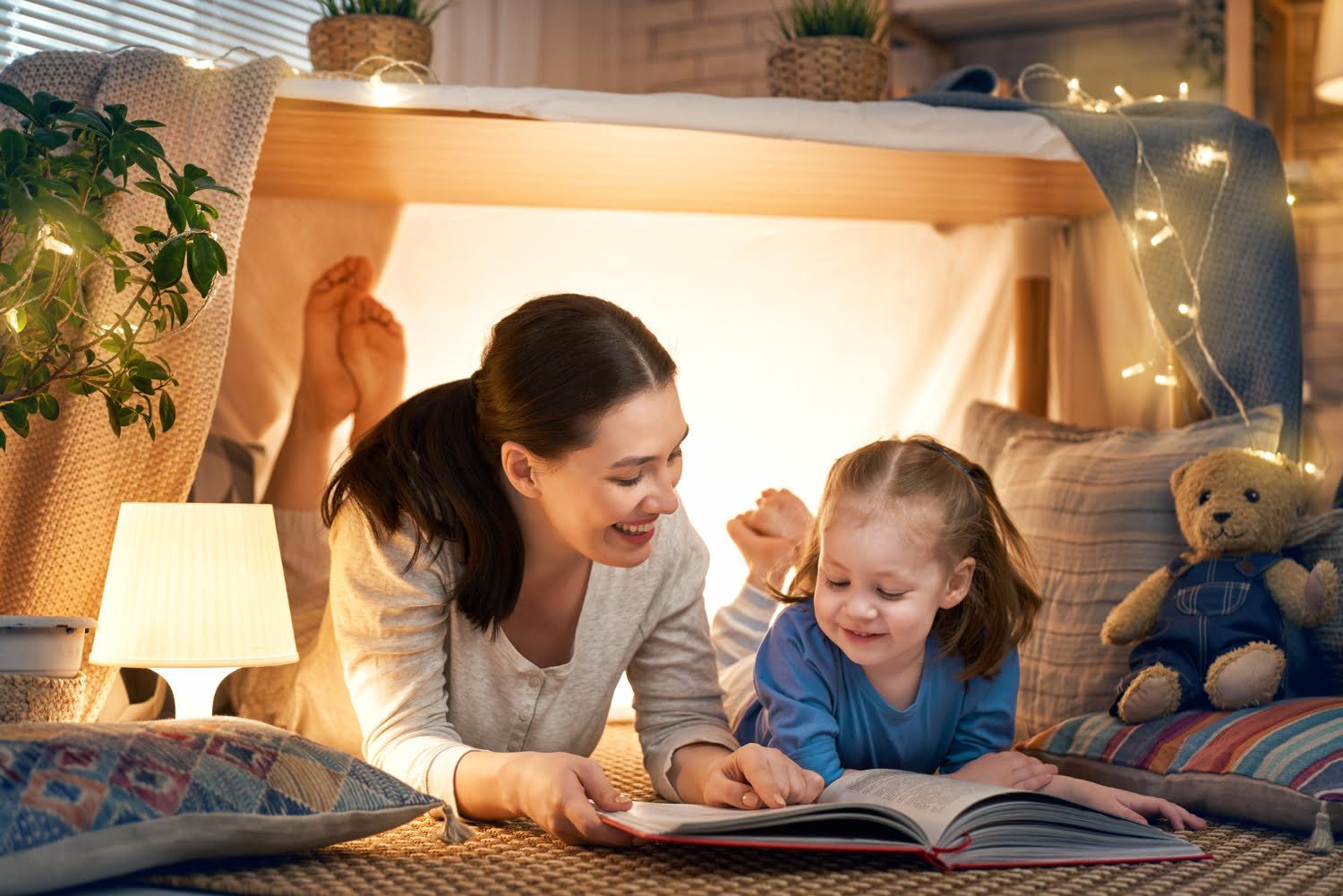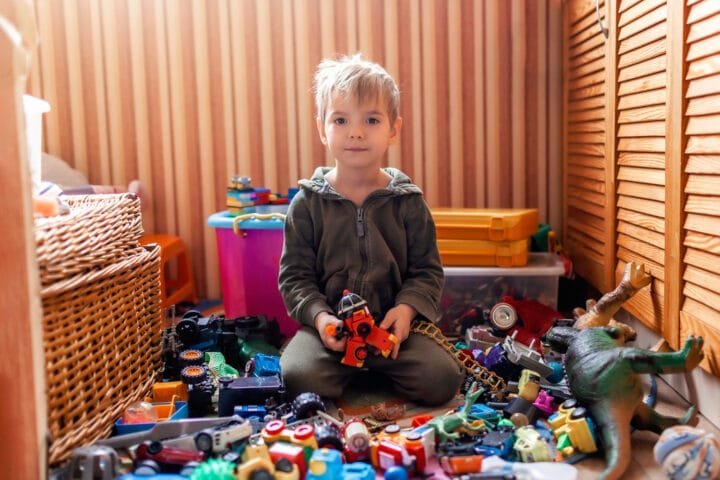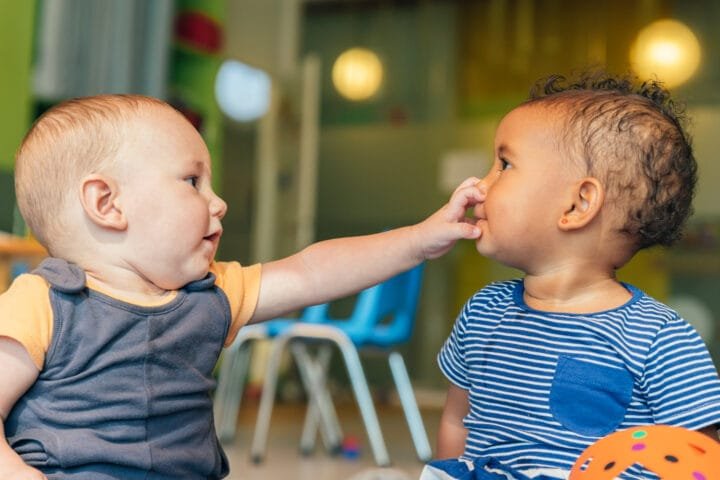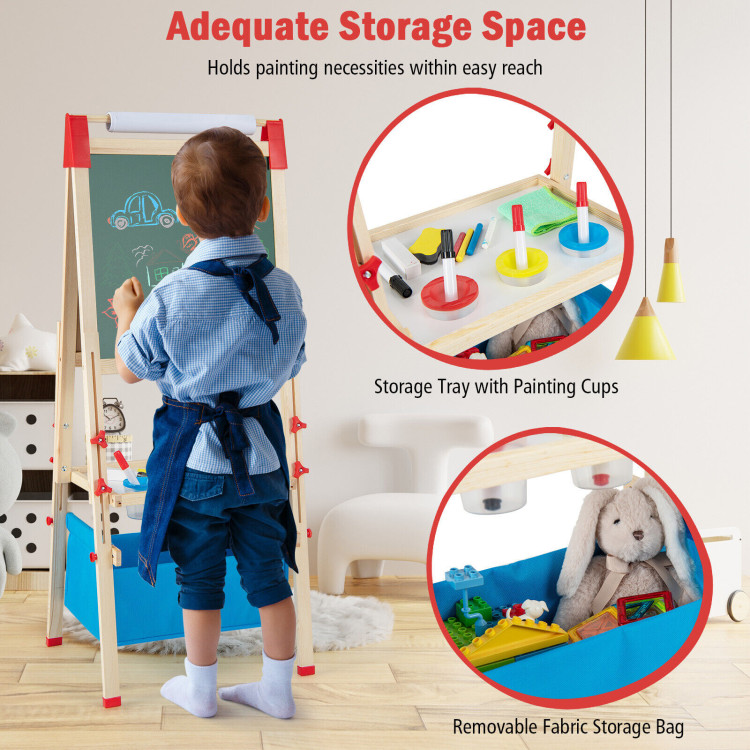From Bored to Brilliant: How to Start Igniting Creativity in Kids Effortlessly
Our kids are always striving to unlock their best, and as a parent, I’ve learned that creativity opens many doors for them. Parenting is a wild ride, but nurturing children’s imagination and watching them grow and learn is a truly inspiring journey. Creative thinking is more than a skill; it is a mindset that shapes their experience. Children should be encouraged to be curious, confident, and innovative. In this article, I will share my personal anecdotes, along with solid research and practical tips for fostering creativity in children, to inspire and uplift you on your own parenting journey.
1. The Power of Imagination: Starting with Their Inner World
One rainy day, I was pleasantly surprised when my son, Jake, decided to turn our living room into a superhero’s lair. With a red towel as his cape, he fearlessly battled imaginary monsters to save his stuffed animal friends. This spontaneous burst of creativity made me realize the importance of allowing kids to explore their imaginative thoughts.
According to the American Academy of Pediatrics, imaginative play increases creativity and cognitive flexibility. Children create alternative realities, which enhances their problem-solving abilities and helps them understand different perspectives. Kids can benefit from these cognitive benefits by engaging in creative activities like dressing up or building with simple materials like cardboard.
2. Fostering Curiosity: Encouraging Open-Ended Questions
If I’ve learned anything, it’s that kids come up with the most insightful questions—things that stop you in your tracks. As parents, we play a crucial role in fostering this innate curiosity. Our son once asked, “Mom, why do we have shadows?” This prompted an unplanned test in the kitchen using flashlights and other objects. The answers to these questions could provide learning opportunities outside of the walls of a classroom. By actively engaging with these questions, we can instil a love for exploration and nurture creativity in our children, empowering us as parents and caregivers.
Encouraging your child to ask questions nurtures creativity because it transforms their understanding of the world. According to a Harvard University study, curious children are more likely to display enhanced problem-solving skills and excellent creative thinking abilities. Together, we can instil a love for exploration by engaging with these questions actively, no matter how small they seem.
3. Creating a Playground for the Mind: The Right Environment
One of the most effective methods I’ve used is creating a space for creativity in the home. It doesn’t need to be expensive—a space filled with art equipment, recycled materials, and some instruments is ideal. This environment of stimulation is essential for children’s creativity. We call it the “imagination station,” a space where anything can be done. Children’s imaginations can grow without limit by providing an open-ended field of play. By creating such a space, we can actively motivate and inspire our children to explore their creativity.
Experts from the University of California suggest a stimulating environment significantly impacts a child’s creative development. When children have easy access to creative toys for kids and tools that fuel their imaginations, they’re more likely to engage in meaningful play and projects. This space becomes a safe haven where they can jump from building blocks to painted canvases to makeshift science labs.
4. Play as a Launchpad: Letting Them Explore
Ah, the wonders of playtime that is unstructured! At first, I made the mistake of rushing Jake’s schedule with well-meaning activities. But I’ve come to realize that it’s essential to step back. His freedom to be himself, whether creating games or exploring the structure with LEGOs, helped him discover new levels of imagination and confidence.
The latest research suggests this, as well. It is also supported by the National Institute for Play, which emphasizes that play without structure stimulates imagination in children and increases their capacity to think about feelings and engage in creative thinking. Making opportunities for free and screen-free play allows children to play to their fullest without fear of judgment or failure. During these times, they usually come up with the most innovative ideas.
5. Broadening Their Horizons: Artistic and Cultural Exposure
Taking Jake to art galleries or music performances has always been a treat. Sometimes, his interpretations leave me laughing. Imagine a four-year-old’s take on abstract paintings! However, exposure to various cultural experiences has expanded his understanding and fueled his creativity. These outings aren’t just about seeing art—they’re about learning to interpret and appreciate diverse expressions.
According to an Americans for the Arts study, students involved in rich arts education programs have higher academic performance and more excellent creativity development. This means that whether there’s a local art exhibition or an open-air concert held in the parks, these activities could spark new fires of imagination for children. It’s important to discuss the experience afterwards, what they experienced, what made them feel, and what inspired them to make something. Discussion of these experiences will assist children in reflecting on what they’ve experienced and felt and how they can utilize these experiences to create their own creative projects.
6. The Magic of Books and Stories: Crafting New Worlds
Books have always been a gateway to adventure for Jake and me. Each story sparks new ideas and possibilities. Encouraging kids to read isn’t just about literacy—it’s about igniting their imaginations. We often create our own stories after reading time, using silly voices or acting them out as bedtime theatre.
The benefits of storytelling are profound. The National Literacy Trust reports that reading fiction boosts imagination as children envision characters and worlds only in text. Through reading or creating, storytelling encourages creativity by allowing kids to explore different narratives and their inner thoughts. Stories teach empathy and provide a canvas for kids to paint with their dreams.
7. Encouraging Experimentation: Lessons from Trial and Error
Jake enjoys making things—potions or structures, you name it. I’ve watched him mix diet essentials with food colouring to create recipes in our home kitchen. Sometimes, these experiments produce mess; however, they’re worthwhile. The experimentation process allows children to be creative and develop resilience if things don’t go according to plan.
Research from the University of Pennsylvania’s studies on resilience demonstrates that children who engage in trial and error are more likely to create new solutions. The mistakes made are learning opportunities, not obstacles. Inspiring kids to be creative by experimenting helps them develop perseverance and the importance of constantly revising their approach to problems.
8. Technology as a Creative Outlet: Harnessing Digital Tools
We live in a technological age with screens everywhere, and I’ve taken to tech as a tool, not an obstacle. Jake creates stop-motion movies using his tablet, a perfect mix of tech and creativity. I am always amazed by the content Jake produces and how it enhances the quality of his storytelling.
When used with purpose, technology can inspire creativity in youngsters. Whether creating graphics, coding simple games, or editing videos, technologically savvy activities promote creativity and critical thinking. The balance between screen time and an active digital experience lets children use technology to aid them in their creative endeavours.
9. Teaching Empathy through Creation: Art with Heart
Creativity isn’t a sole endeavour; it connects us to others and the world around us. Jake enjoys making cards or small crafts for family members and friends. He often comes up with cute messages or sketches. These acts of kindness allow him to improve his empathy by using creativity.
Engaging children in art projects related to their family or the community helps them use their talents to serve others. The research conducted by the Greater Good Science Center suggests that art and giving boost social skills and empathy. Activities that are creative for children that encourage connection provide them with an understanding of the purpose behind it and understanding, demonstrating how their talents can be used in spreading joy and love.
10. Balancing Routine with Flexibility
I’m very organized, but I’ve learned to be flexible and allow spontaneity to dictate our daily activities. It’s easier to be creative when you have flexibility within rules and structure. The schedule for our weekends now includes “creative time,” where Jake can decide what he’d like to investigate on the day. This could be painting outside in the garden or imagining a new universe by playing with the action figure he has.
The harmony between flexibility and structure is essential. Establishing routines gives the security needed, yet allowing for choices allows imagination. Psychologists have suggested that children are more creative when allowed to play within safe limits. Watching Jake’s enthusiasm when he discovers something novel in this self-directed environment is exciting.
Conclusion: The Journey of a Creative Parent
Developing creativity in children is a continuous process that influences both parents and children. It’s not a simple task. It’s been a constant source of challenges and successes. I’ve observed that encouraging creativity comes from cultivating a mindset based on curiosity, imagination, creativity, and a dash of humour.
What about you? What are you doing to encourage imagination in your children? I’d like to hear about your experiences! Let’s continue sharing stories and encouraging each other on the path of inspiring future doers and dreamers.
FAQs
How can I encourage my child's creativity without pushing too hard?
What if my kid isn’t interested in traditional arts and crafts—how else can I spark creativity?
How can technology be used to enhance creativity in kids?
Can we do any quick activities at home to boost creativity?
What can I do when my child faces creative blocks or says they're bored?
Related Posts


















































































